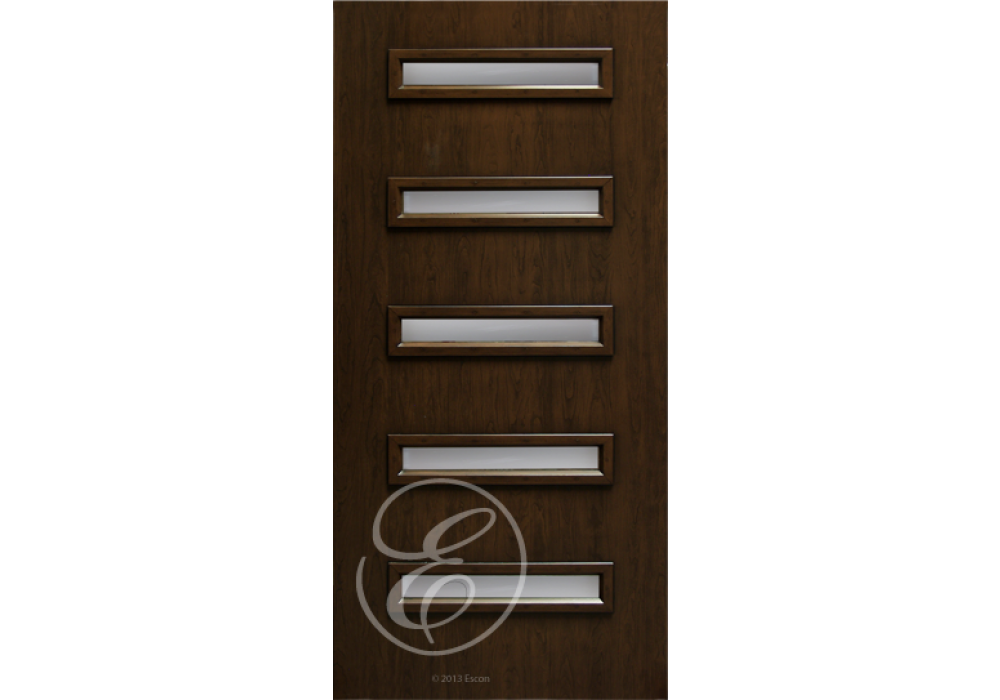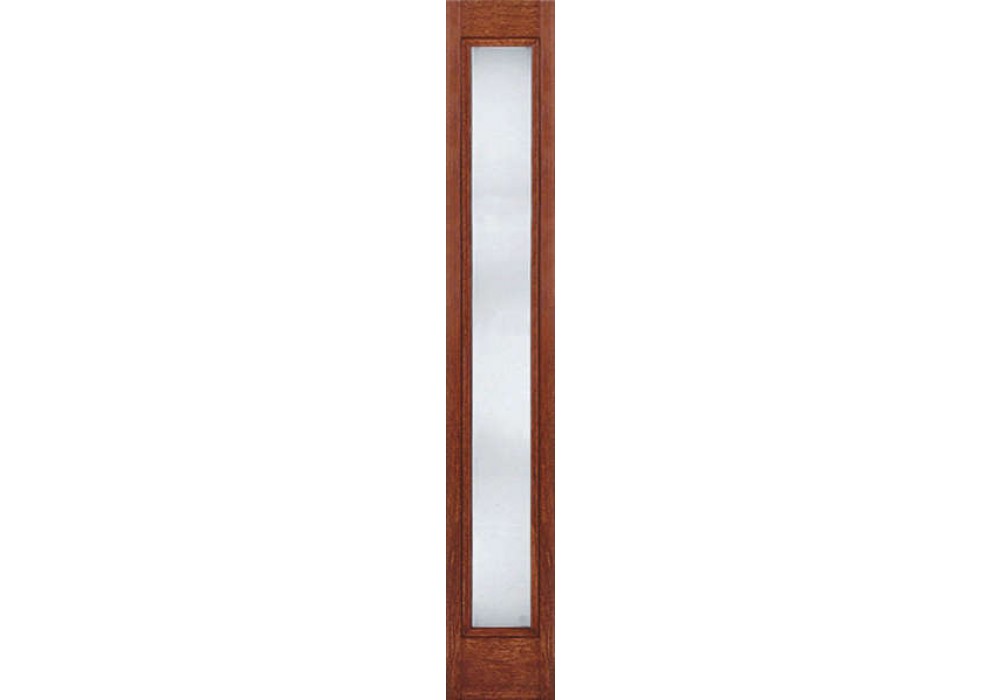
When it comes to purchasing exterior doors for your home or office, the choice is not always as clear-cut as you might think. Even those who have a good idea of what they’re looking for could use a few pointers on what they should be looking for in a front door or other entryways into the home or workspace. For this reason, ETO Doors has collected a few helpful hints for exterior door shoppers. We hope you enjoy this exterior door-buying guide and know you can get in touch with our helpful team anytime you like to have any of your questions answered!
What is the Exterior Door I Want Made Of?
If you aren’t sure what you want your front, rear, or side entryway to be made of, you should start by knowing they are typically made from either wood or fiberglass. At ETO Doors, we offer exterior doors made from Douglas fir, several types of mahogany, red and white oak, knotty alder, cherry wood, and several other wood types.

In addition, we carry many fiberglass doors for exteriors that look just like real wood and offer tremendous energy saving, fire and impact rating, and other features. In general, real wood doors will usually be a little costlier, but fiberglass doors, when cared for properly, can last every bit as long and maintain an attractive appearance for the length of their life.

Both wood and fiberglass doors from ETO offer the same ease of installation, and both come in models with and without doorframes. Those with extremely high traffic and/or those who deal with extreme temperatures, humidity, and snowfall may want to consider fiberglass over wood, as it does not swell with changes or get scratched up with lots of use.
Will an Exterior Door with Windows Let Conditioned Air Escape or Raise My Energy Bill?
Any exterior door from ETO Doors is going to be energy efficient and not allow any air out or into the home, therefore, your electricity bill won’t go up—in fact, you may notice it go down a bit after replacing your old exterior entryways. Doors with lites (this is the industry term for windows or panes of glass) should never leak air, and if they do, it’s time to replace them.
But ETO Doors are green in other ways beyond keeping the lites in your exterior doorways leak-free. We’re proud to be part of the solution by working with the Forest Stewardship Council (FSC) to promote responsible management of the forests of the world, which means we have demonstrated accountability indoor manufacturing that earned the FSC seal of approval.
My Exterior Entryway Seems Too Large for a Single Door—What Does This Mean?
If you have an entryway that’s extra wide or tall, there could be a few things going on. The most common scenario is that the entryway in question was made to have sidelites installed on either side of the door itself.

Sidelites are tall, slender wood and glass fixtures that are installed on either side of a front door to add more width and a greater visual appeal to the front entryway and walkway of your home. Entryways that are significantly wider might be intended for French doors or double doors. French doors will cause a wider front entryway than sidelites, and double doors will be even wider than this.
In rare instances, a home may be outfitted with an entryway intended for something extremely wide, such as double doors with sidelites on either side, which would represent the largest entryway opening available, aside from super custom frames made for very large, wide front doors.

If your front entryway seems very tall, it could be that a tall custom door was originally installed there, or it could be that this doorway was intended to have a transom installed in it. A transom is a lite or window pane that goes above the front door. Just as with sidelites, a transom creates a larger and more dramatic opening to the home or office.

How Do I Determine If My Exterior Door Has an Inswing or an Outswing?
For those replacing an existing exterior door, knowing whether it has an inswing or outswing is important for the installation process. That said, it isn’t hard to determine. Essentially, if you have to push from the outside to open, your exterior door has an inswing; if you have to pull your door from the outside to open it, your door has an outswing. Knowing this before you get into the installation process will help you determine which door to get, where to place hinges, and how to install existing door hardware.
Is One Door Material Better Than Another for Keeping Burglars Out?
The short answer to this question is a simple no, but there’s more to it than that. If you are concerned about break-ins to your home, you need to place more focus on the doorframe, jamb, and hardware than the actual door itself. Most burglaries occur not when a door fails, but when the doorjamb is easily kicked in half right by the strike plate for the lock.
To keep this from happening, ensure your doorjamb is not rotting or damaged, and consider replacing old locks and knobs with newer hardware. Specifically, locks with a reinforced box metal strike plate and at least a one-inch deadbolt will do a better job of deterring and standing up against thieves and vandals trying to harm you or your home.
When Should I Consider Hiring a Professional to Install My New Exterior Doors?
If you do not have a good understanding of door installations, there’s never any shame in hiring a professional to install your exterior doors or any other doors in your home. However, unless you are a handyman or professional contractor yourself, you should always hire a professional when you have things like sidelites, transoms, or double doors to install.
These are much more complex projects than you may think, and no amount of DIY television is going to offer the same level of learning on the job required to get the job done right without damaging your rough entry or the frame of your door. If you really want to learn how to install a door, start with interior doors, graduate to rear exterior doors, and then try your hand at a front entry door that’s prehung.
 Opanpan Door Skins
Opanpan Door Skins